Creating hybrid methods for predictive maintenance targeting embedded systems and digital twins
This research axis focuses on the physics informed machine learning (PIML)-based data analytics and remaining useful life (RUL) prediction solutions, that will be developed for the power electronics systems, the battery system, the e-motor, and the FC system.
The solutions will relate to the life cycle assessment modules
CHALLENGE
Most models for prediction and ageing estimation are trained on lab data, which partly covers real application conditions and normal operation. Other missing components in state-of-the-art are sufficient datasets with heterogeneous operating conditions, application realistic usage profiles/stress scenarios. As a result, the provision of a reliable RUL prediction, often based on lab conditions data, within an application environment is still challenging. Commonly, very constant ageing conditions are used to isolate and quantify underlying ageing mechanisms.
ARTIFICIAL INTELLIGENCE
- Use hybrid methods such as PIML based on AI together with physics-based digital twin (DT) considered extremely relevant for the different powertrain sub-components monitoring and predictive maintenance concepts, as they allow a detailed depiction of the individual failure ad degradation mechanisms.
- investigate the advantages and disadvantages of ANN algorithms for hybrid methods integration and extend the scope to novel techniques of explainable AI (XAI). These techniques can help to explain how a machine learning model arrived at a particular prediction
DOMAINS INTERLINK
The DT based predictive maintenance and cyber-resilience underlying domain ontologies will be interlinked by employing semantic interoperability.
The DT backend is perceived as enabling technology to promote PdM and situational awareness for utilising the perception and powertrain sensor data.
To close the gap between experimental investigation and RUL prediction in usage, realistic usage profiles will be used for TEAMING ageing experiments or simulations. Reliable prognosis powertrain components’ lifetime should then be achieved and constitute significant progress compared to the state-of-the-art.
CYBER RESILIENCE
TEAMING will also study the cyber resilience and trustworthiness AI. Currently, securing powertrain components at low-level (hardware) is indispensable and can only be handled by secure gateways integrated with onboard devices. For better resilience against attacks or inefficiencies, HW-based AI/ML solutions, HW-based cyber-resilience solutions that utilise Hardware Security Modules (HSM) will be assessed through a trustworthy HW-based security platform.
TEAMING will also cover the design and analysis of potential implementation of the AI/ML Hardware for adversarial attack detection and protection.







